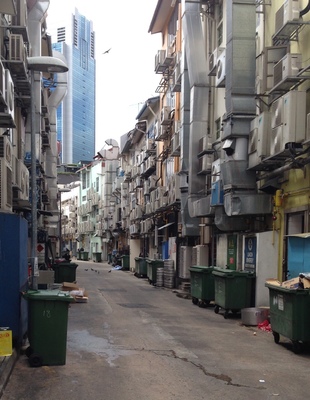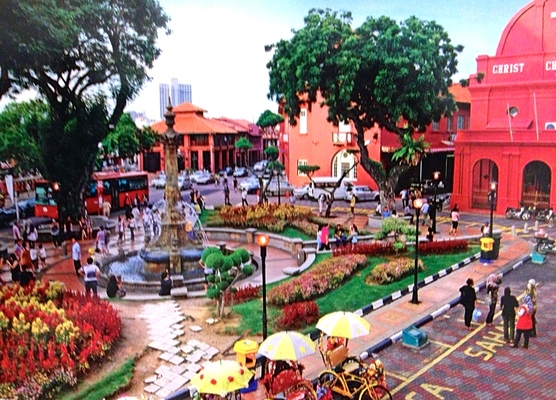By PHIL JARRATT
IT had been almost a decade since I’d hung out in Singapore, and back in those days either I had more money or stuff cost a lot less, probably a bit of both.
Our mid-range hotel in Chinatown was efficient enough, but there was no room to walk around the bed, let alone swing a cat, and dining out around the Boat Quay area made Hastings Street look like a bargain. For all that, it’s still a vibrant city, fun to walk around and marvel at the West meets East anomalies on every corner, but we got the business done and got the hell out, first stop Johor Bahru, sometimes unkindly referred to as the armpit of Asia.
At the other end of the causeway, inside much cheaper Malaysia, JB used to be chiefly famous as the place Singaporeans went to conduct shady deals involving cheap booze, cigarettes and recreational drugs, the supply of which made this chaotic little city a hotbed of crime and violence. Nothing much has changed, except for the arrival of the Iskandar Regional Development Authority.
Funded by megabuck investors from Singapore and China, Iskandar is rapidly turning Johor state into the world’s biggest shopping mall, punctuated by country club and marina developments on dodgy reclaimed foreshore. This is but the latest round of a land grab that dates back to the Dutch and British colonists that has seen native rainforest destroyed to make way for rubber plantations which then made way for palm oil plantations which are now making way for shopping malls.
Former President Mahathir is one of the most vocal critics of Iskandar, calling their mega-billion dollar project “the Singapore-isation of Johor”.
Piles of dirt and construction sites were all we saw as we drove out to the Pinewood Iskandar studios, to meet our friends, the Pickerings, who are part of the mostly expat workforce making series two of the subscription TV hit Marco Polo, the first big global project out of the new colonial outpost of the venerable Pinewood Studios. While most of the outdoor scenes are shot in Hungary, here on the denuded Johor plains, Kublai Khan’s palace resides in a massive hangar.
Over a waterside feast of crabs and Tiger beer, the Pickerings made an executive decision to drive up to the historic port of Melaka (or Malacca) with us for the weekend, which gave me Friday free to explore the shady lanes and fleshpots of old Johor Bahru. I asked the cab driver to drop us in the city square, but unfortunately there is a mega-mall of that name and it took at least an hour, and the passing of seven Starbucks before we could navigate our way onto an actual street, by which time a heavy storm had drenched the streets and I found myself shuffling along wet sidewalk tiles in thongs like a 95-year-old.
We eventually found a place we really didn’t want to be, which was precisely what I’d been looking for, but it was now hemmed in by malls and multiplex cinemas, and even the Indian gentlemen tugging at our shirts and whispering mysterious offers in our ears seemed to know the jig was up. We ducked into the nearest Starbucks to wait out the rain.
Melaka offered more. My fascination with the history of the East Indies had led me down many byways, including the establishment of the Straits Settlements, the first of which was the exotic port of Melaka, which under the Chinese of the Ming Dynasty became one of the most important trading ports in South East Asia. As the spice trade grew, Melaka was taken by the Portuguese, then by the Dutch for 150 years, before finally being ceded to Britain in 1824, when it became part of the Straits Settlements trio of Melaka, Penang and Singapore.
Singapore’s rise signalled Melaka’s fall as a trading port, but its historical significance has again seen it become world famous, particularly since it was granted UNESCO World Heritage status in 2008. My guidebook told me that the Melakans had stopped at nothing to monetise their heritage listing, and they certainly weren’t kidding. There’s even a Heritage Shopping Mall.
But the old town, built around the ramparts of the fortress on St Paul’s Hill and the narrow and winding Melaka River, is still charming, with its nonya cafes serving delicious food that blends the local Chinese and Malay cultures, museums on every corner and plenty of funky bars. It’s a place I’ve always wanted to visit, and perhaps I shouldn’t have waited so long.
But life’s like that, and when you’re travelling, there’s always another dream just down the road.










